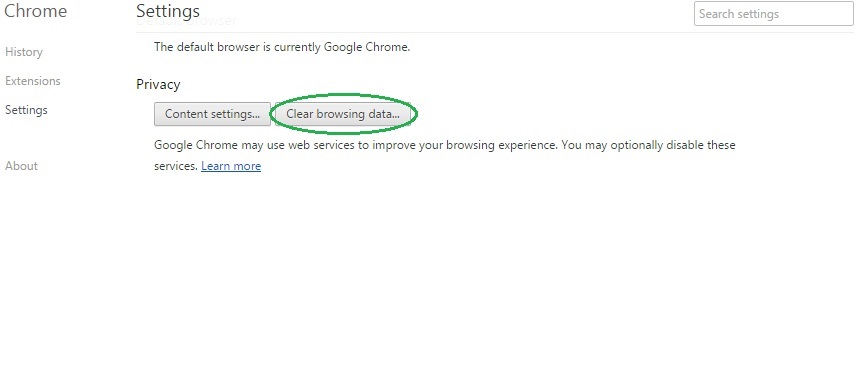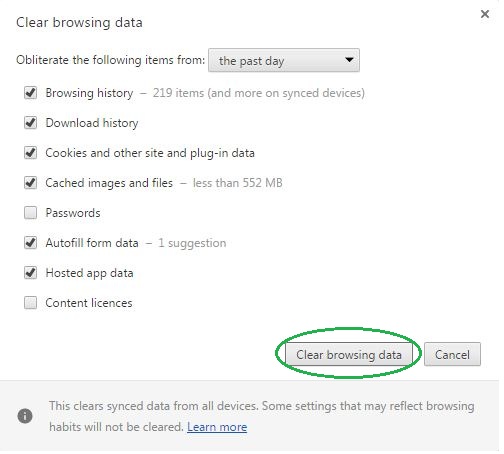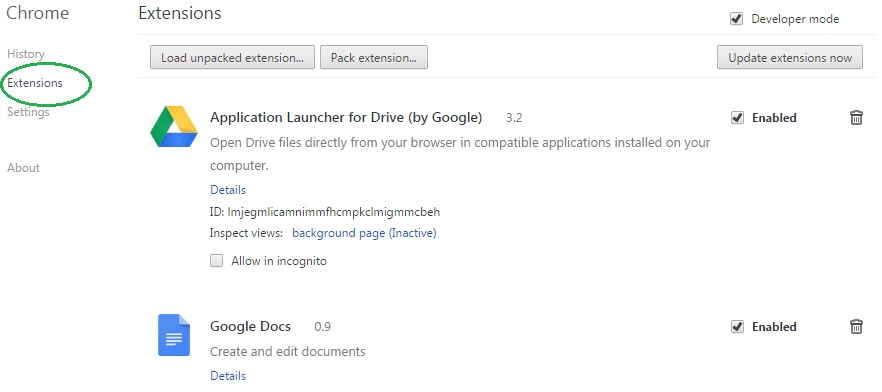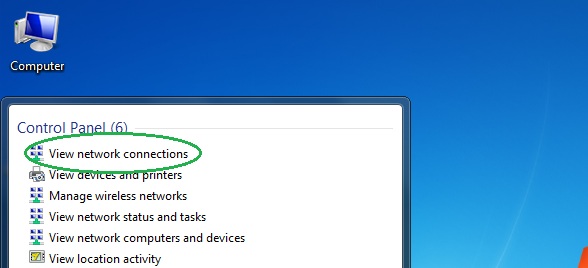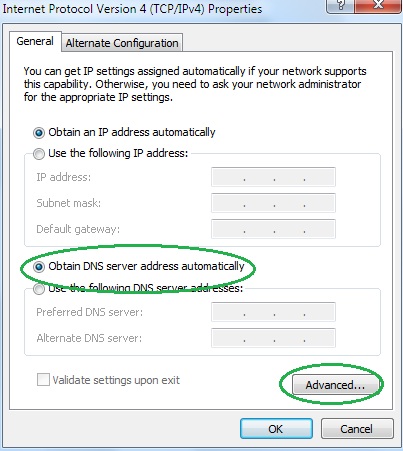[bannerTop]
Welcome to our .Losers Virus Ransomware removal guide. The following instructions will aid you in removing the unwanted software from your PC for free.

The passages below are going to thoroughly discuss everything you should know about a particular Ransomware virus: .Losers Virus. This file-encrypting piece of malware is one of the most dangerous cyber threats that could ever come to you and your system. Not only is this virus incredibly harmful, but it is also very complicated to remove. Therefore, even the majority of the experts in this malware field may find it too difficult to cope with such a malicious threat or to restore the data locked up by it.
.Losers Virus: a version of Ransomware. To be more precise – a file-encrypting virus:
The particular Ransomware version we will pay attention to in this article is .Losers Virus. It is an excellent example of the infamous data-sealing Ransomware subgroup. What you should expect from such malware (after it has successfully infiltrated your system) are the activities discussed below:
- To scan your system meticulously and thoroughly;
- To create a list with the locations and names of all the files you have recently used;
- To encrypt all the data from the list we have mentioned earlier here using a very complex two-component encryption code;
- Once all the data has been locked up – to generate an incredibly frightening ransom-demanding alert on your screen;
- Usually, such a ransom-demanding message may also include some extra threats to further encourage you to pay the requested ransom; and perhaps some payment details and a deadline you are supposed to stick to.
Generally, Ransomware-type programs are grouped into file-encoding, desktop-locking and the mobile-blocking subcategories. What the other two subtypes, the ones that affect mobile devices and desktops, normally do is to stop you from accessing the desktop of your PC; or the screen of your mobile device. In such a case, no files actually are made inaccessible. Despite that, you are going to be made unable to use any desktop/ screen icons or shortcuts because they will be hidden by a huge notification stating you have to pay a particular amount of money so as to set your display/ desktop free.
What is the most clever thing to do after you get the ransom-requesting alert?
In short, all you really need to do is to simply wait before you perform the payment of the ransom until you have exhausted your other alternatives. Sending money to the hackers is NEVER a wise idea.
Prevention is the only practice that could save you from Ransomware:
To keep your system unaffected by Ransomware is the only 100% successful anti-Ransomware practice. All you need to do is to surf the Internet smartly. Another essential component of your PC’s health is the purchase and proper installation of a very good-quality anti-malware program. Such software is usually able to prevent any possible infection before it has taken place. Furthermore, simply try to stay away from the the file-encrypting Ransomware sources below and the chances of catching such a terrible virus are going to be minimized:
- Simply avoid all the emails you receive, whose senders aren’t familiar to you at all. To be more precise, the ones with suspicious titles or which feature bad writing style. The majority of them may contain some malicious programs. In case you get even slightly concerned about the nature of these letters, it is never a good idea to load them or any of the files attached to them.
- What’s more, try to avoid the colourful links on web pages or inside chat messages provided that you are not sure the sender can be trusted.
- Just try to stay away from all the pop-up ads you see on the net daily. Sadly but truly, there aren’t any noticeable differences between the harmless and the hazardous ones. Since you cannot separate the bad from the good guys, simply don’t open any.
- You will probably receive desktop notifications that could state that you are supposed to update a component of your operating system. Ensure to manually check for updates because it is very likely that you get malware-containing pop-ups in the form of fake update requests.
Our solution:
Unfortunately, we can’t say for sure whether our Removal Guide will solve your Ransomware-related problem. Nonetheless, we can assure you that trying it is always better than mindlessly spending your money on a ransom. Believe in the positive outcome of the situation and implement all the steps inside our guide.
.Losers Virus Ransomware Removal
Here is what you need to do in order to remove a Ransomware virus from you computer.
I – Reveal Hidden files and folders and utilize the task manager
[bannerMiddle]
- Use the Folder Options in order to reveal the hidden files and folders on your PC. If you do not know how to do that, follow this link.
- Open the Start Menu and in the search field type Task Manager.

- Open the first result and in the Processes tab, carefully look through the list of Processes.
- If you notice with the virus name or any other suspicious-looking or that seems to consume large amounts of memory, right-click on it and open its file location. Delete everything in there.
[bannerMiddleSecond]

- Make sure that the hidden files and folders on your PC are visible, else you might not be able to see everything.
- Go back to the Task Manager and end the shady process.
II – Boot to Safe Mode
- Boot your PC into Safe Mode. If you do not know how to do it, use this guide/linked/.
III – Identify the threat
- Go to the ID Ransomware website. Here is a direct link.
- Follow there in order to identify the specific virus you are dealing with.
IV – Decrypt your files
- Once you have identified the virus that has encrypted your files, you must acquire the respective tool to unlock your data.
- Open your browser and search for how to decrypt ransomware, look for the name of the one that has infected your system.
- With any luck, you’d be able to find a decryptor tool for your ransomware. If that doesn’t happen try Step V as a last ditch effort to save your files.
V – Use Recuva to restore files deleted by the virus
- Download the Recuva tool. This will help you restore your original files so that you won’t need to actually decrypt the locked ones.
- Once you’ve downloaded the program, open it and select Next.

- Now choose the type of files you are seeking to restore and continue to the next page.
- When asked where your files were, before they got deleted, either use the option In a specific location and provide that location or choose the opt for the I am not sure alternative – this will make the program look everywhere on your PC.

- Click on Next and for best results, enable the Deep Scan option (note that this might take some time).

- Wait for the search to finish and then select which of the listed files you want to restore.






